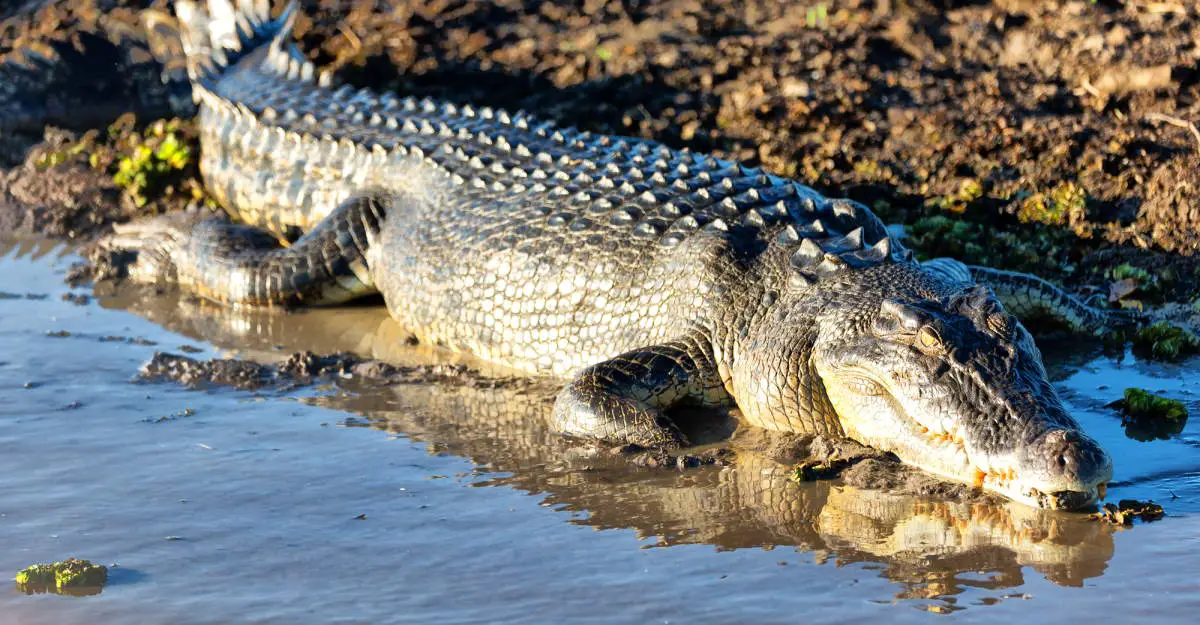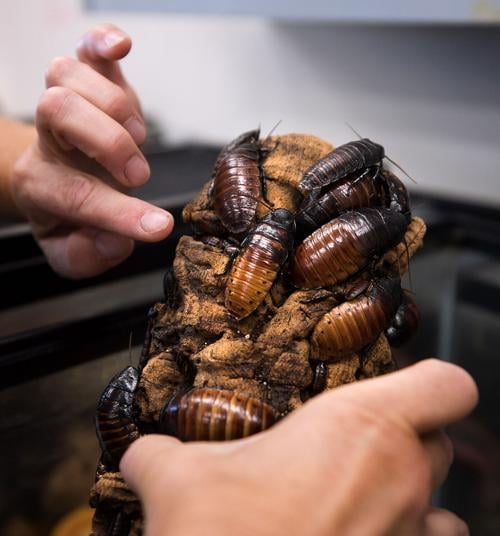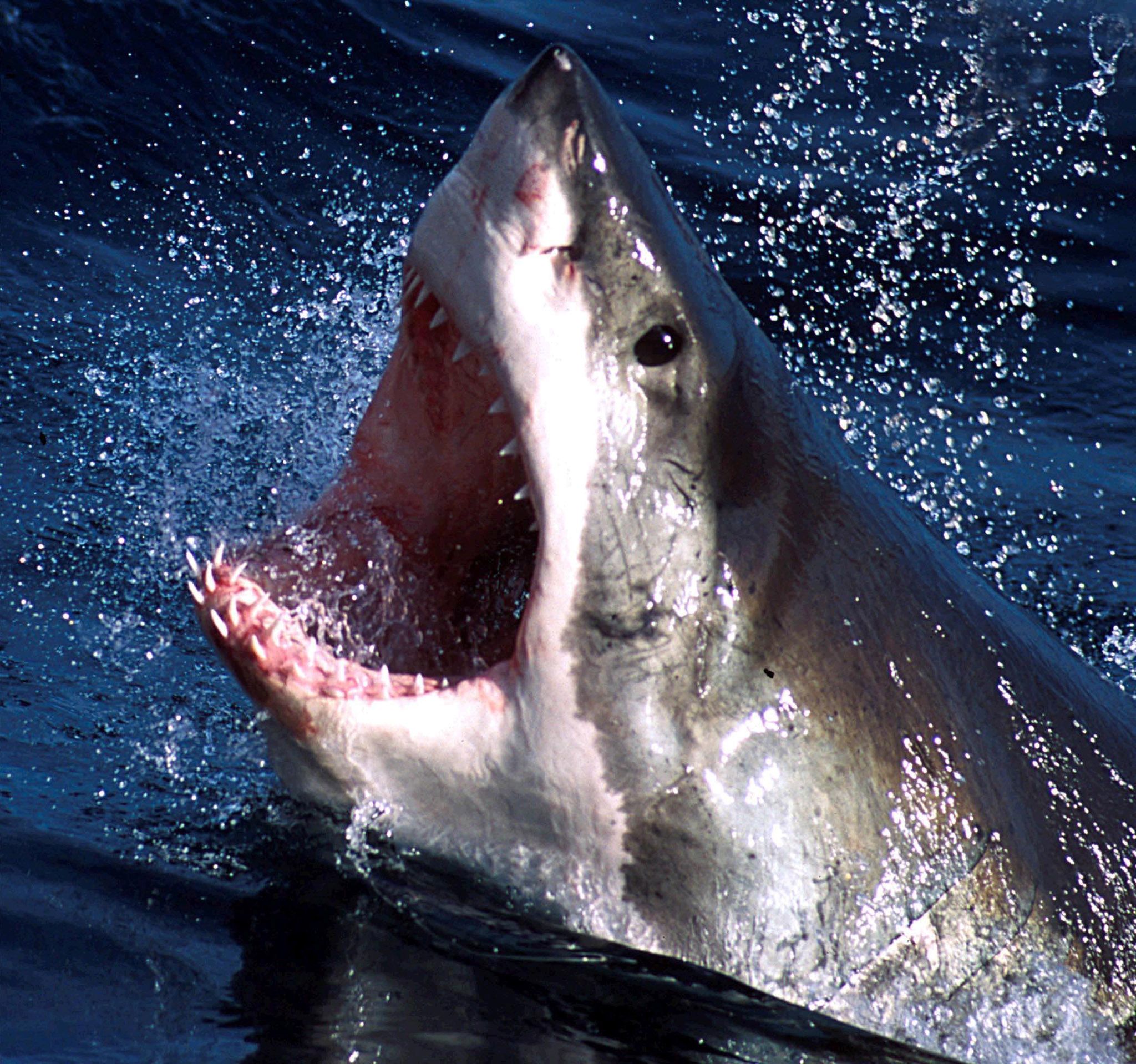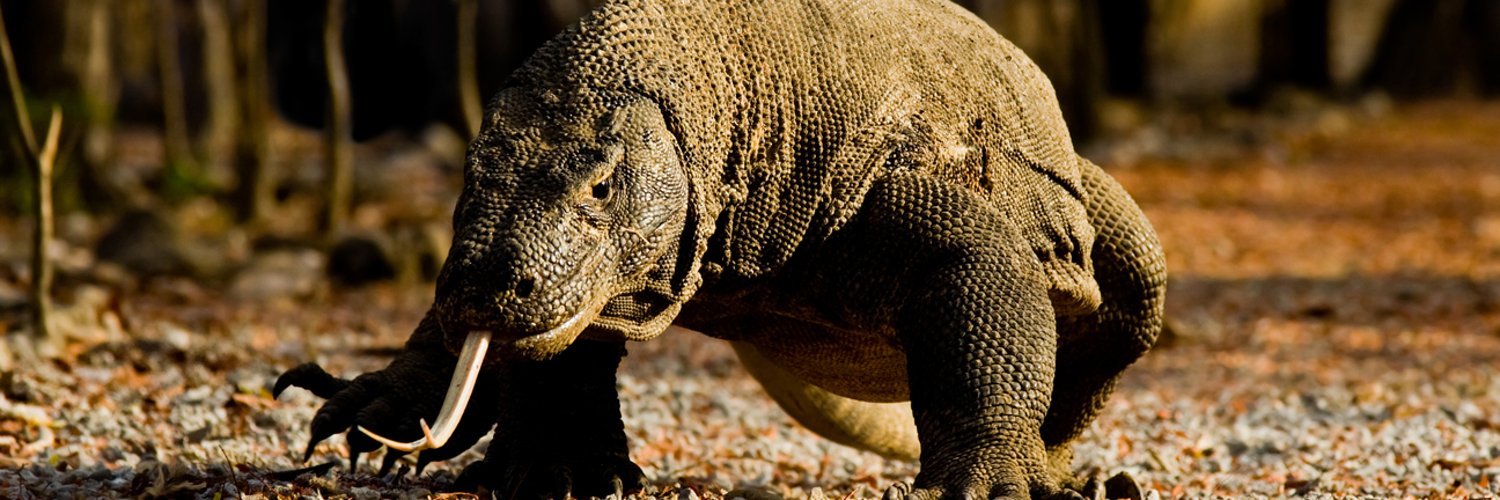Survival in the animal kingdom is a constant battle, with predators, environmental factors, and competition for resources all playing a role in determining which species thrive and which ones struggle to survive. Over the course of history, some animals have shown remarkable resilience and adaptability, allowing them to survive in even the harshest of conditions.
- Crocodiles are one of the oldest surviving species on the planet, with fossils dating back more than 200 million years. These ancient reptiles have survived multiple mass extinctions, including the one that wiped out the dinosaurs. Their tough, scaly skin and powerful jaws make them well-equipped to survive in harsh environments, and they are capable of going for long periods without food or water.

- Cockroaches are infamous for their ability to survive in even the most unsanitary conditions. These insects are incredibly resilient, able to survive for weeks without food and months without water. They can also withstand extreme temperatures and radiation, making them a tough opponent in the battle against household pests.

- Polar bears are well-adapted to survive in the harsh Arctic environment, where temperatures can drop to -50°C. Their thick fur and layer of blubber provide insulation against the cold, and their large, webbed paws allow them to navigate through ice and snow. Despite facing threats from climate change and shrinking sea ice, polar bears remain a symbol of strength and resilience in the animal kingdom.
- Camels are well-known for their ability to survive in the desert, where temperatures can exceed 50°C during the day and drop below freezing at night. These animals are able to go for long periods without water, thanks to their ability to store fat in their humps and conserve water through their urine. Their wide, padded feet also allow them to walk on sand without sinking.
- Tardigrades, also known as water bears, are microscopic animals that are capable of surviving in extreme environments that would be deadly to most other living things. They can withstand extreme temperatures, pressures, and radiation levels, and can even survive in the vacuum of space. These tiny creatures are a testament to the power of adaptation and evolution.

- Sharks are one of the most successful predators in the ocean, thanks to their powerful jaws, lightning-fast reflexes, and keen sense of smell. They have been around for more than 400 million years, surviving multiple mass extinctions and adapting to changes in their environment. While some species, such as the great white shark, are under threat from overfishing and habitat destruction, others continue to thrive in the oceans of the world.

- Komodo dragons are the largest living lizards in the world, and are known for their venomous bite and sharp claws. These animals have survived for millions of years on the islands of Indonesia, adapting to changes in their environment and developing unique hunting strategies. Despite facing threats from habitat loss and poaching, Komodo dragons remain one of the most iconic and awe-inspiring animals in the world.
- Emperor penguins are the largest of all penguin species, and are well-adapted to the harsh conditions of the Antarctic. They are able to survive in temperatures as low as -60°C, huddling together for warmth and taking turns to stand on the outer edge of the group. Despite facing threats from climate change and overfishing, emperor penguins continue to thrive in the icy





